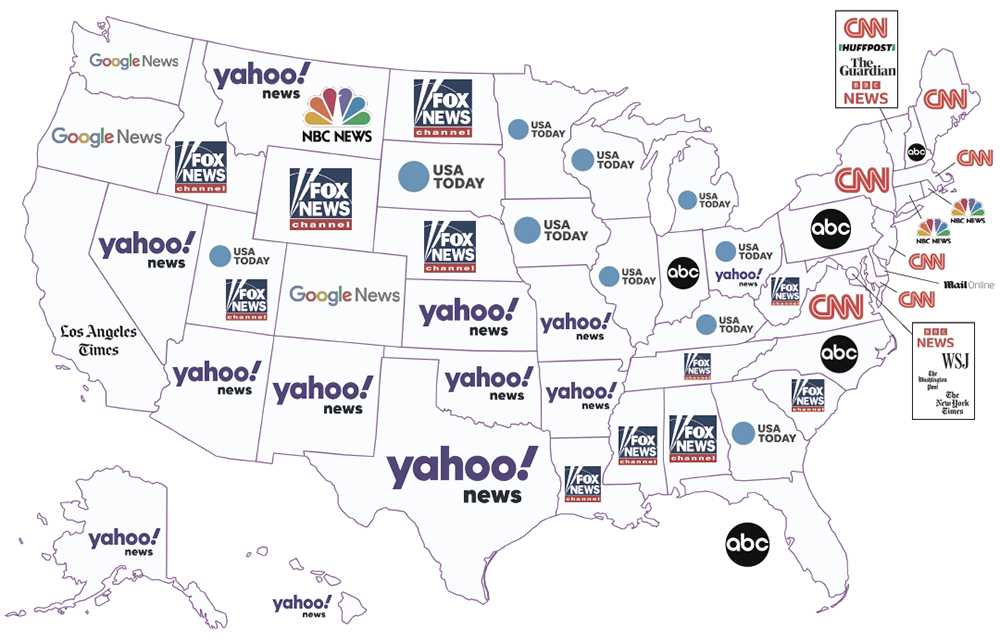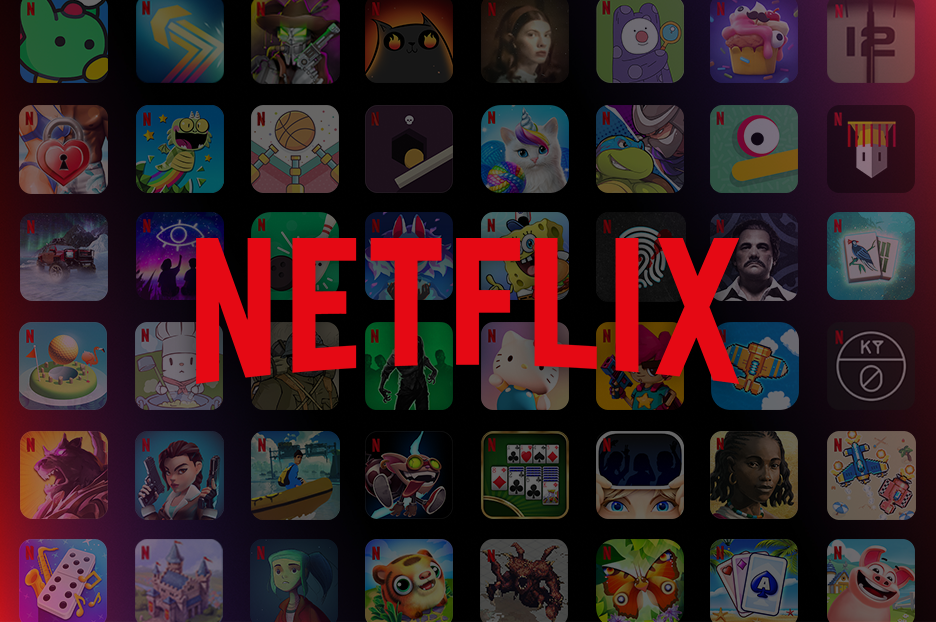In the dynamic landscape of B2B content marketing, the ability to tell compelling narratives has emerged as a potent strategy for engaging audiences, building brand identity, and driving business success. While B2B marketing traditionally focused on facts and features, the shift towards storytelling is transforming the way businesses connect with their target audience. This article serves as a guide to crafting narratives that resonate in the B2B realm, exploring the key elements and strategies that contribute to exciting and effective content marketing.
- Understanding Your Audience:
The foundation of any compelling narrative is a deep understanding of the audience. In the B2B context, this involves not only grasping the industry and its challenges but also understanding the specific pain points and aspirations of your target businesses. Conduct comprehensive research using Google Analytics or Google Trends to identify your audience’s needs, preferences, and decision-making processes. This knowledge forms the bedrock upon which your narrative will be built.
SEO Tip: Incorporate industry-relevant keywords naturally into your content to enhance search engine visibility. Use tools like Google Keyword Planner to identify high-impact keywords.
2. Identifying the Hero:
Every narrative needs a hero, and in the B2B world, the hero is often your customer or client. Identify the challenges they face and position your product or service as the guiding force that helps them overcome these challenges. Share success stories, case studies, or testimonials that showcase how your business played a pivotal role in the success of others. Elevating your customer to the role of the hero creates a relatable and compelling narrative.
SEO Tip: Optimize your content by incorporating long-tail keywords that reflect specific challenges or solutions within your industry.
3. Building a Story Arc:
Effective narratives follow a story arc that includes an introduction, rising action, climax, falling action, and resolution. Apply this structure to your B2B content to create a cohesive and engaging story. Start with an introduction that sets the stage by addressing a common industry challenge. Build momentum through rising action by delving into the specifics of the challenge and its implications. The climax should highlight your product or service as the solution, with the falling action demonstrating its impact, and the resolution showcasing positive outcomes.
SEO Tip: Utilize header tags (H1, H2, H3) to structure your content. This not only enhances readability but also helps search engines understand the hierarchy of information.
4. Utilizing Multimedia Elements:
Enhance your narrative with multimedia elements such as visuals, videos, and infographics. Visual content is not only more engaging but also aids in conveying complex information effectively. Incorporate visuals that complement your narrative, whether it’s a graph illustrating the impact of your solution or a video featuring customer testimonials. These elements add depth to your storytelling, making it more memorable for your audience.
SEO Tip: Optimize multimedia elements by adding alt text with relevant keywords. This enhances accessibility and provides additional context for search engines.
5. Focusing on Solutions, Not Just Features:
While it’s essential to highlight the features of your product or service, the core of your narrative should focus on the solutions you provide. B2B audiences are motivated by the prospect of overcoming challenges and achieving success. Clearly articulate how your offering addresses specific pain points and improves the overall operations or outcomes for your clients. Position your product or service as a valuable solution rather than a collection of features.
SEO Tip: Create content around solution-oriented keywords that align with the challenges your audience faces.
6. Humanizing Your Brand:
Even in a B2B context, people make decisions. Humanize your brand by showcasing the individuals behind your business – from the leadership team to the employees. Share stories about the passion, expertise, and dedication within your organization. This human touch not only establishes authenticity but also fosters a connection with your audience, making your brand more relatable.
SEO Tip: Optimize your “About Us” page with relevant keywords and incorporate internal links to showcase the human side of your brand.
7. Interactive Content for Engagement:
Encourage engagement by incorporating interactive elements into your content. This could include interactive infographics, quizzes, or calculators that allow your audience to actively participate. Interactive content not only captures attention but also provides valuable data insights into user preferences and behaviors, informing future content strategies.
SEO Tip: Implement schema markup for interactive elements to help search engines understand and display your content effectively in search results.
8. Consistent Branding Across Platforms:
Maintain consistent branding across all your digital platforms. Whether it’s your website, social media, or email campaigns, a cohesive brand identity reinforces your narrative. Consistency in visuals, messaging, and tone of voice contributes to brand recognition and trust. Aligning your narrative with consistent branding enhances the overall impact of your content marketing efforts.
SEO Tip: Ensure that your branding elements, such as logos and taglines, are included in relevant image alt text and meta descriptions.
Crafting compelling narratives in B2B content marketing is a strategic imperative that goes beyond showcasing products and services. By understanding your audience, identifying the hero in your story, building a structured narrative arc, utilizing multimedia elements, focusing on solutions, humanizing your brand, incorporating interactive content, and maintaining consistent branding, you can create narratives that resonate with your target businesses.
In the ever-evolving digital landscape, where attention is a precious commodity, B2B brands that master the art of storytelling gain a competitive edge. By intertwining SEO best practices with storytelling elements, businesses can not only capture the attention of their audience but also enhance their online visibility and authority. As you embark on your B2B content marketing journey, remember that a compelling narrative has the power to transform your brand from a mere solution provider to a trusted partner in the success stories of your clients.



